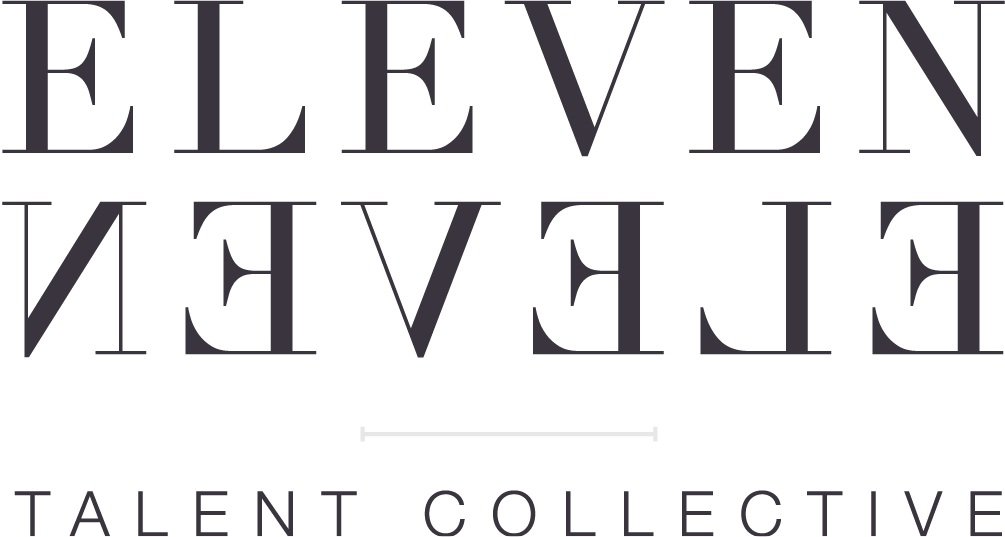Decoding Millennial Job Titles: Finding The Right Role For You
Specialist, strategist, connector, cultivator. You may be one—or all of these things, but these days, job titles can leave us confused instead of inspired. Unlike their previous generations, who valued compensation and stability above all else, millennials prioritize purpose and community, so their titles become important symbols of their work. We breakdown the basics on job titles in the millenial age so you can make your next move your best one.
The descriptor
The millennial generation’s job title is not only a far cry from traditional titles, it is often ornate and soft, yet convoluted and confusing—but the good news is, this a huge leap in companies’ efforts to shift their culture towards purpose. Instead of “Sales Director”, think “Head of Growth”. Instead of “Customer Service”, think “Support Specialist”. Instead of “Human Resources Manager”, think “People and Culture Lead”. Pay attention to the adjective—this is a giveaway to what the role actually entails. Let’s break it down.
“Growth” usually means sales, but sometimes it’s marketing. It really depends on whether the company distinguishes the two (larger companies will, startups might not).
“Support” can be IT, or customer service—also often called “customer success”. Pay attention to the job description to understand which it is.
People and culture is probably a given, and if you’re reading this, you know it’s what we do!
The Role
Now that the basics are out of the way, we can do a deep dive into the opportunity at hand. In the above examples, we’re looking at “Head of”, “Specialist”, and “Guru”. It should give you an idea of the level of the role you’d be working in. For example, a “specialist” is going to be an individual contributor, reporting up to a manager. A “head” of a department is a little more on the nose, but it can be a director, chief executive, or VP title. “Lead” is usually a manager position, but doesn’t always necessarily include responsibilities like performance assessments and compensation adjustments. If you’re making a lateral move, you can usually compare the job description to ensure your duties are similar, but if you’re hoping to make a move upwards, it’s important to feel empowered in asking your potential employer about their org-structure—and while you’re at it, what your opportunity for growth is.
The why
In our digital age, where resources are endless and passion is applauded, you can be anything you want; everyone is a creator, a strategist, or a master in something—and there’s always a demographic or audience for you. Traditional job titles are a thing of the past. In the talent game, the competition is fierce. With a budding Yayoi Kusama or Elon Musk to be found, employers must separate themselves from the masses by capturing a millennial’s attention and offering more than just a job—they need to offer a lifestyle.
The confusion
Ambiguity in a job title (or job description) can be misleading and disappointing. That said, it can also be the reason you take that second look at the opportunity. Titles can pull you in and illuminate a future of hope for your career path. So instead of leaping blindly or running the other way, do your research to ensure you know what you’re getting into—or not missing an opportunity of a lifetime. Here are a few tips to help you in your journey:
Read the full job description. This may sound laughable, but you’d be surprised by how many people simply skim to the salary and benefits.
Know the opportunity in entirety. Is it a role with direct reports? How will you be evaluated? What size will your team be, and who will you report to? Are you expected to work full time in the office, or is there an opportunity to work remotely? What will your commute be like? Studies show these are top factors for millennials in the workforce—so much so that they’re willing to sacrifice salary for work culture.
Understand the compensation package. Speaking of salary, benefits, and perks, are they listed? It’s likely salary won’t be, but there are tools to help you find out what the average is for the role, or what the company has paid in the past.
Find out what it’s really like to work there. The saying “6 degrees of separation” couldn’t be truer today. Check your LinkedIn account to see if you know anyone who works or has worked there, and shoot them a friendly message (if you’re not on LinkedIn, you should be). Just don’t forget to keep your karma gold by offering to return the favour someday.
When in doubt, ask questions. Even if you don’t get to the interview stage, there are ways of getting better acquainted with the role. You can email, tweet, or even Facebook message the company if you’re desperate to know something about the role before applying. Be aware, you’re not always likely to get an answer as these teams are typically swamped with applicants—but it can’t hurt to try.
There are plenty of resources to help you decode a millennial job title. Sites like Glassdoor can help you further understand the role (it can be a useful tool for interview prep as well). Whatever role you’re searching for, be sure it’s on the path you’re carving for your future. Seek but don’t stalk, compromise but don’t settle, and most importantly, in every move you make, be sure to empower your purpose.
ElevenEleven Talent Collective
Your Time Is Now. ™


